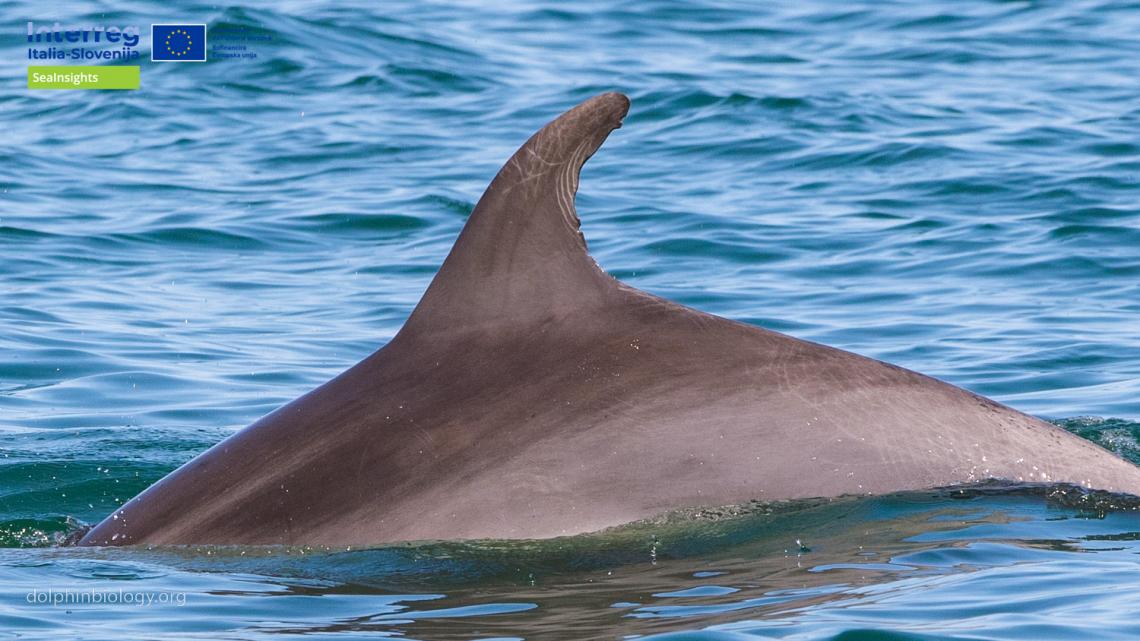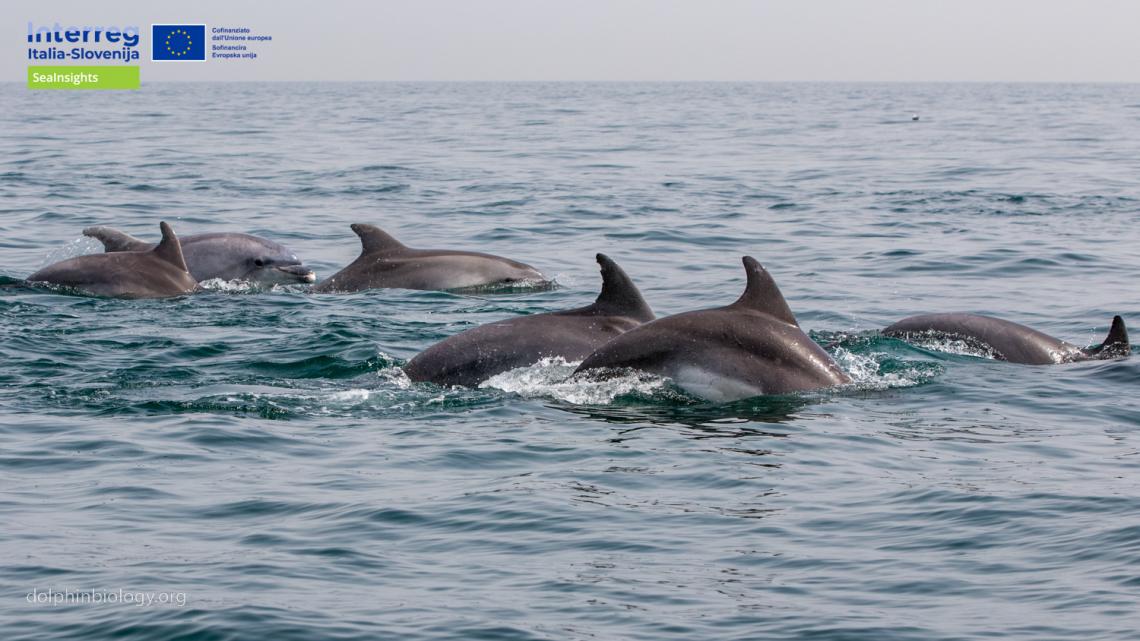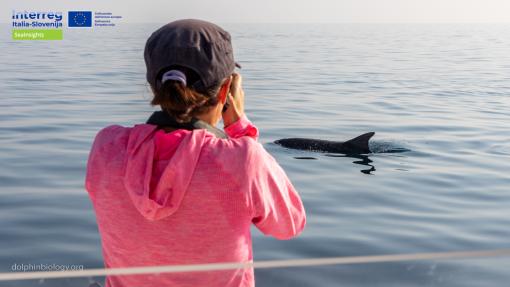Project partner APS Dolphin Biology and Conservation (DBC) is currently engaged in the analysis of tens of thousands of dorsal fin identification photos of bottlenose dolphins encountered during the period 2018-2023. In the first phase of the work, a catalogue of dorsal fins was created for comparisons between the Italian study area monitored by DBC (waters off Veneto) and the Slovenian study area monitored by partner Morigenos (Gulf of Trieste and north-eastern sector of the Adriatic). DBC and the Slovenian partner Morigenos have exchanged catalogues and photo-identification data of dolphins observed in their respective study areas, and experts from the two associations are comparing their respective photo catalogues.

Each photo is assessed on the basis of qualitative criteria, resized (i.e. cropped around the dorsal fin of interest) and catalogued, attributing keywords to facilitate the work of comparing fins. Next, recognizable individuals are selected by cataloguing them according to the degree of recognizability of the dorsal fin. For each individual, the two best identification photos are then selected for each year in which the animal was sighted. To ensure better data quality and no conditioning of the results, the comparison is done ‘blind’: each partner analyses the photos independently, without communicating the results to the other partner, until all the photos have been compared and the work of the individual partners is finished. At that point it will be possible to assess the results obtained by each partner and investigate any inconsistencies. The results of these analysis will form the basis for subsequent investigations of the demographic parameters of the population, based on photographic capture-recapture. The information obtained from the photo-identification work will also be used to assess individual movements, habitat use and connectivity of the bottlenose dolphin population that occurs in the Slovenian and Italian waters of the Northern Adriatic Sea.


